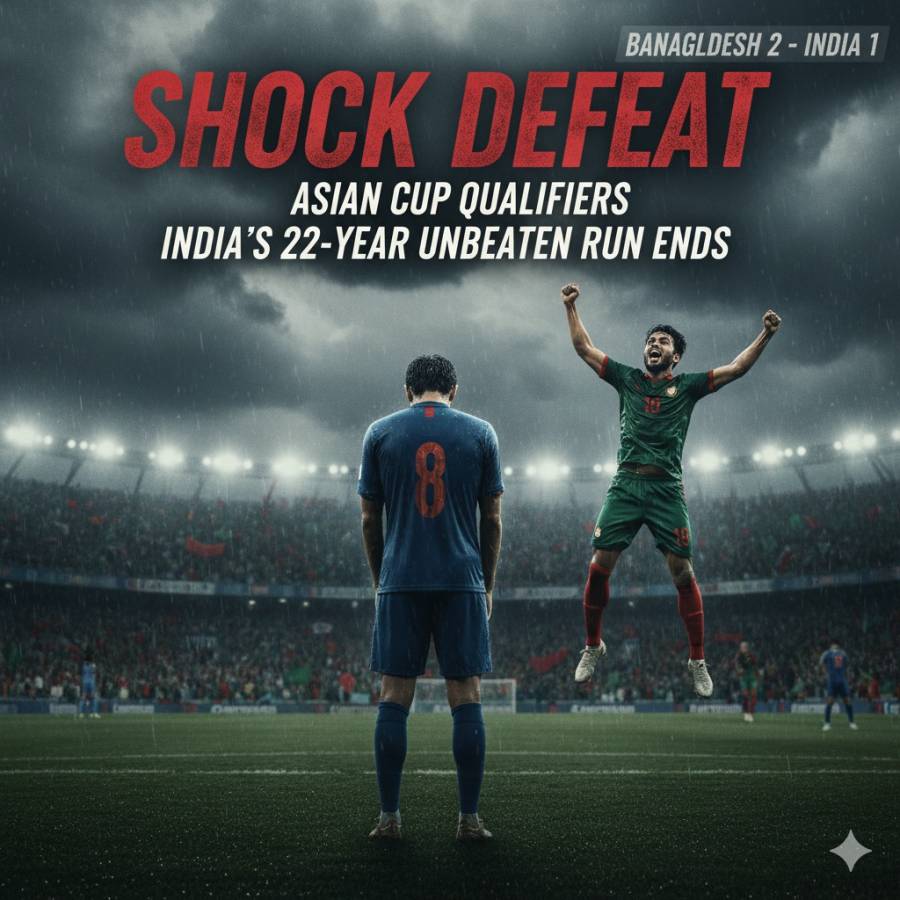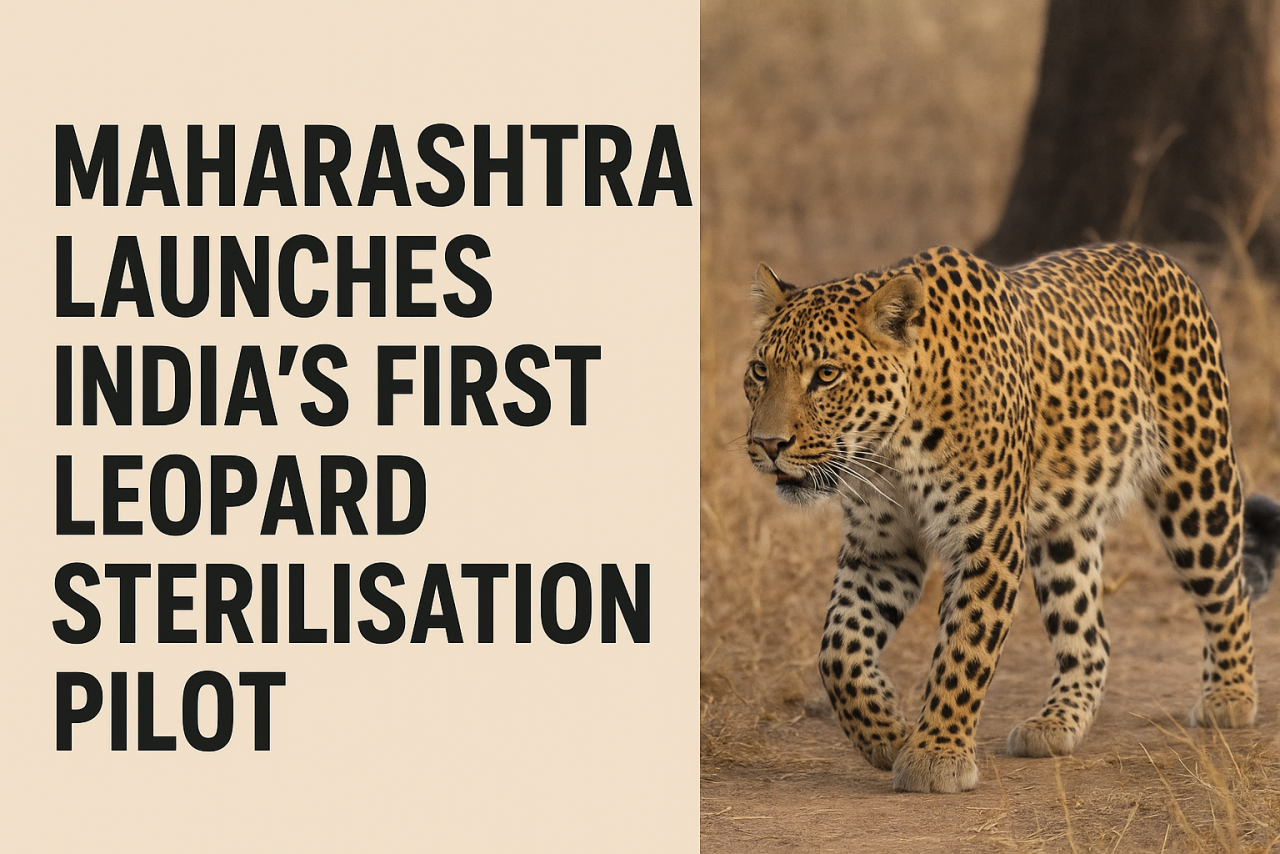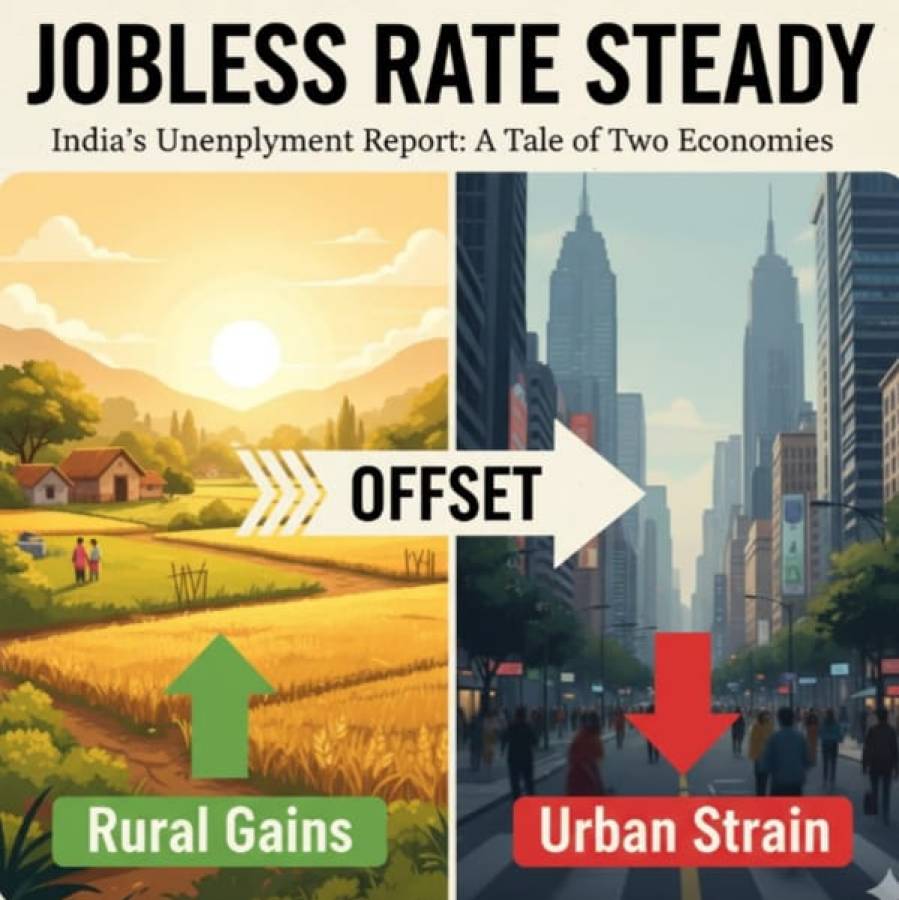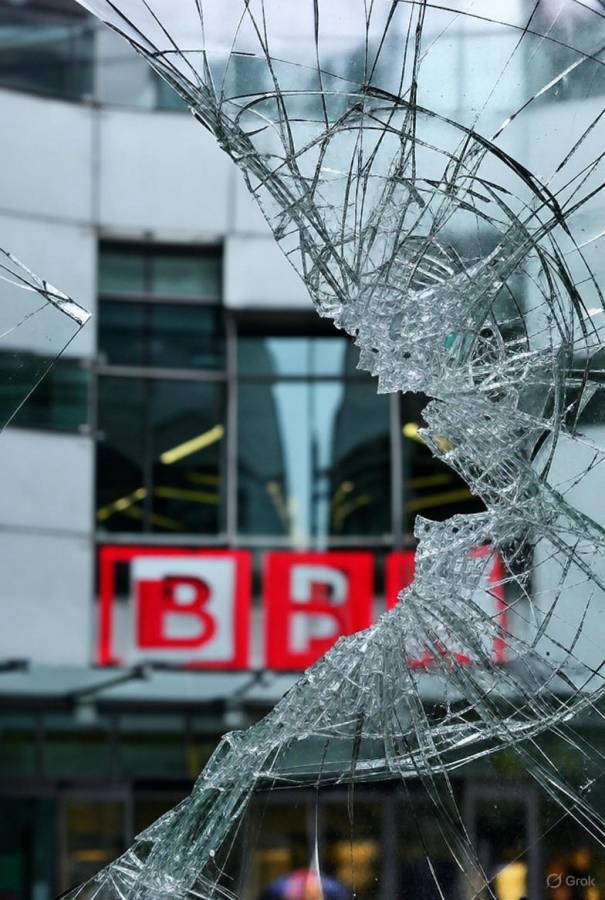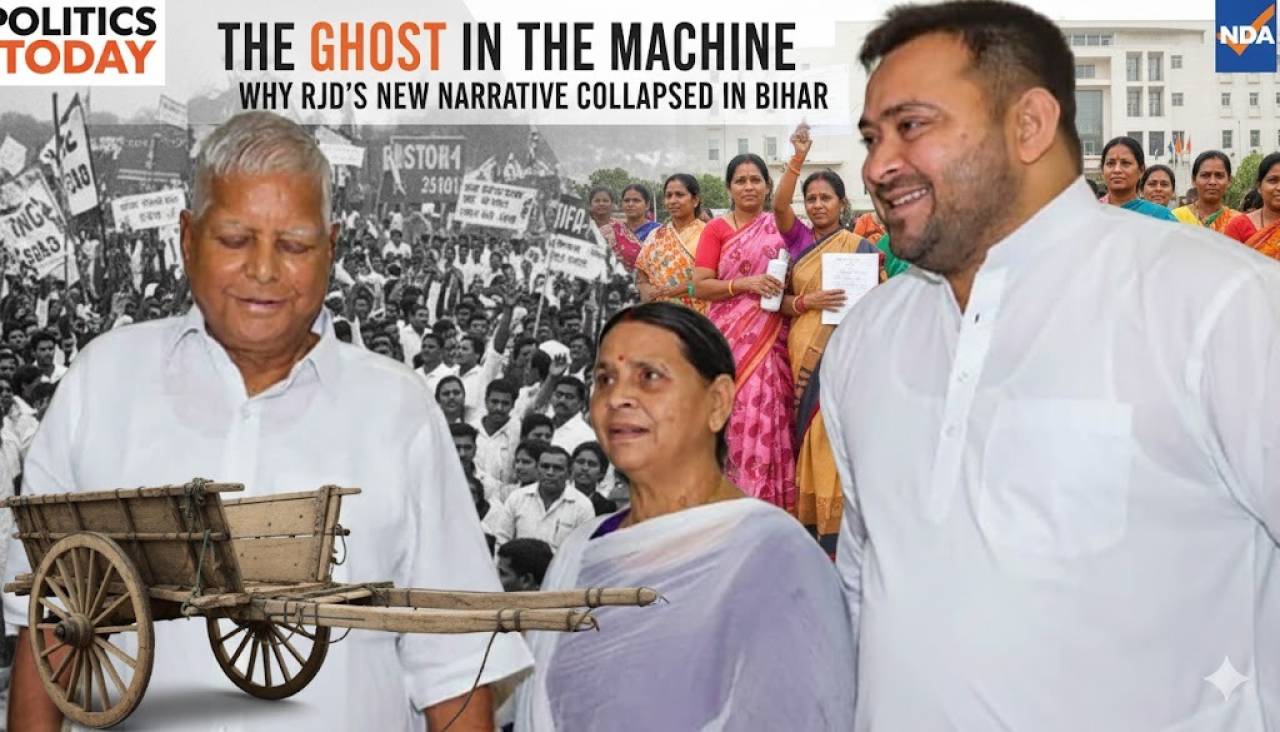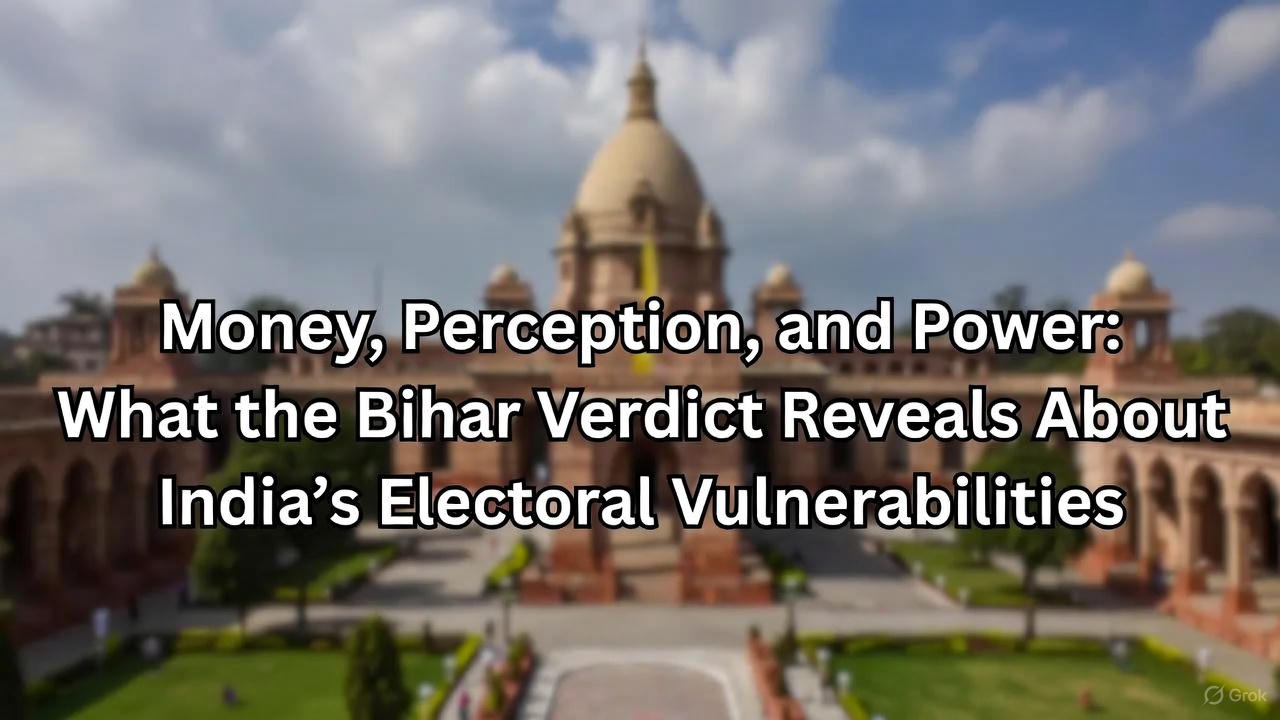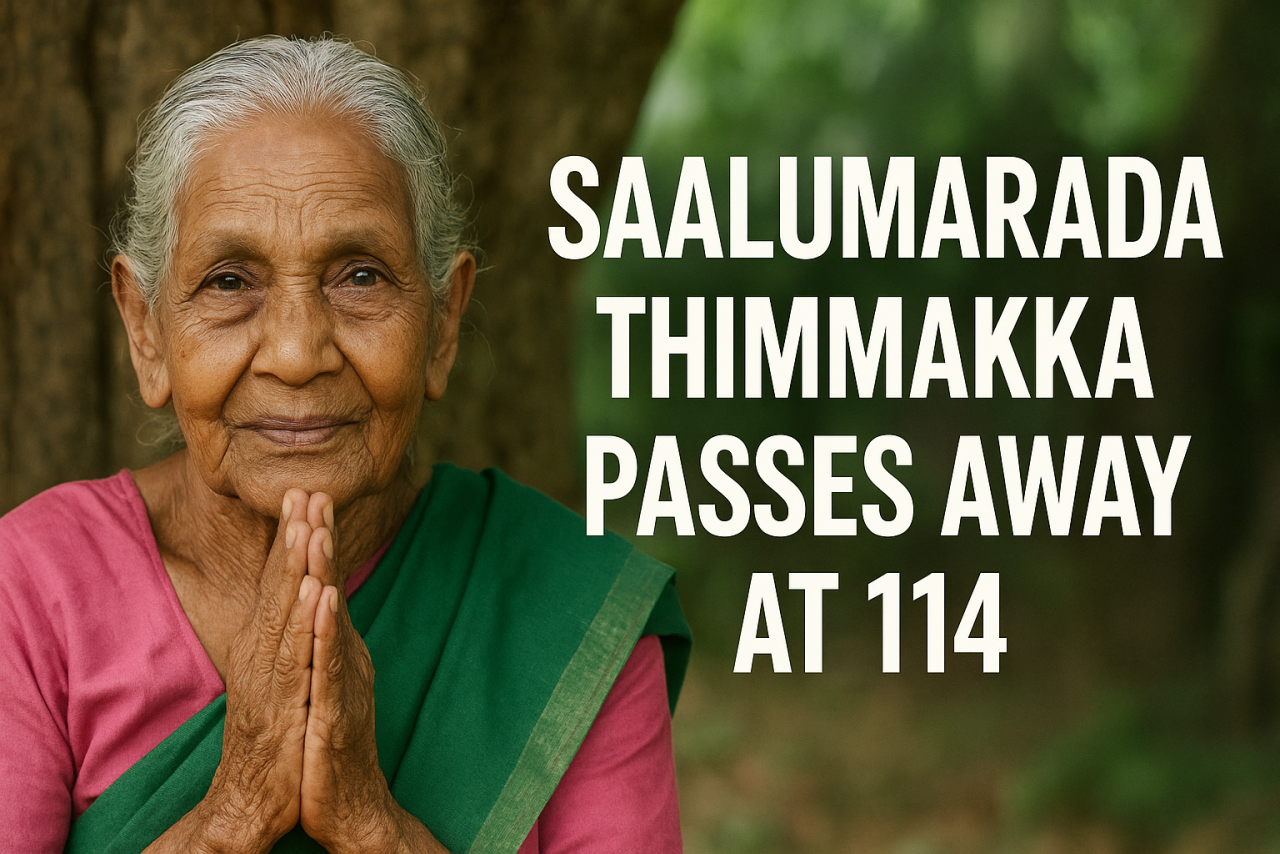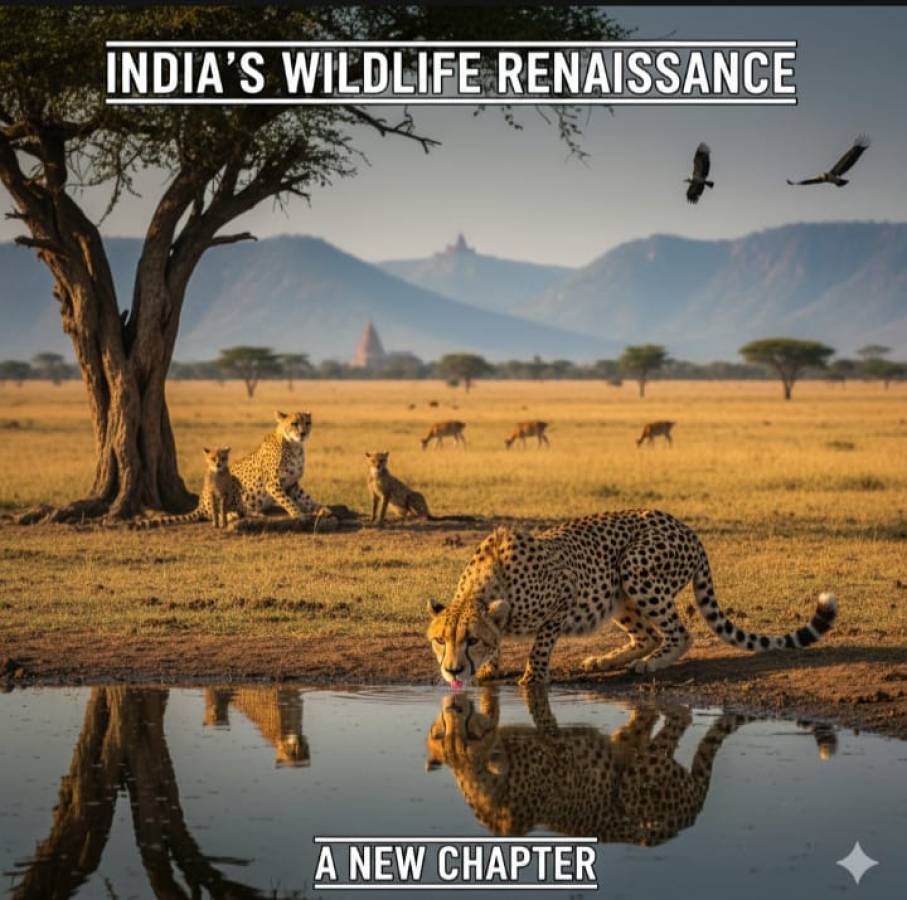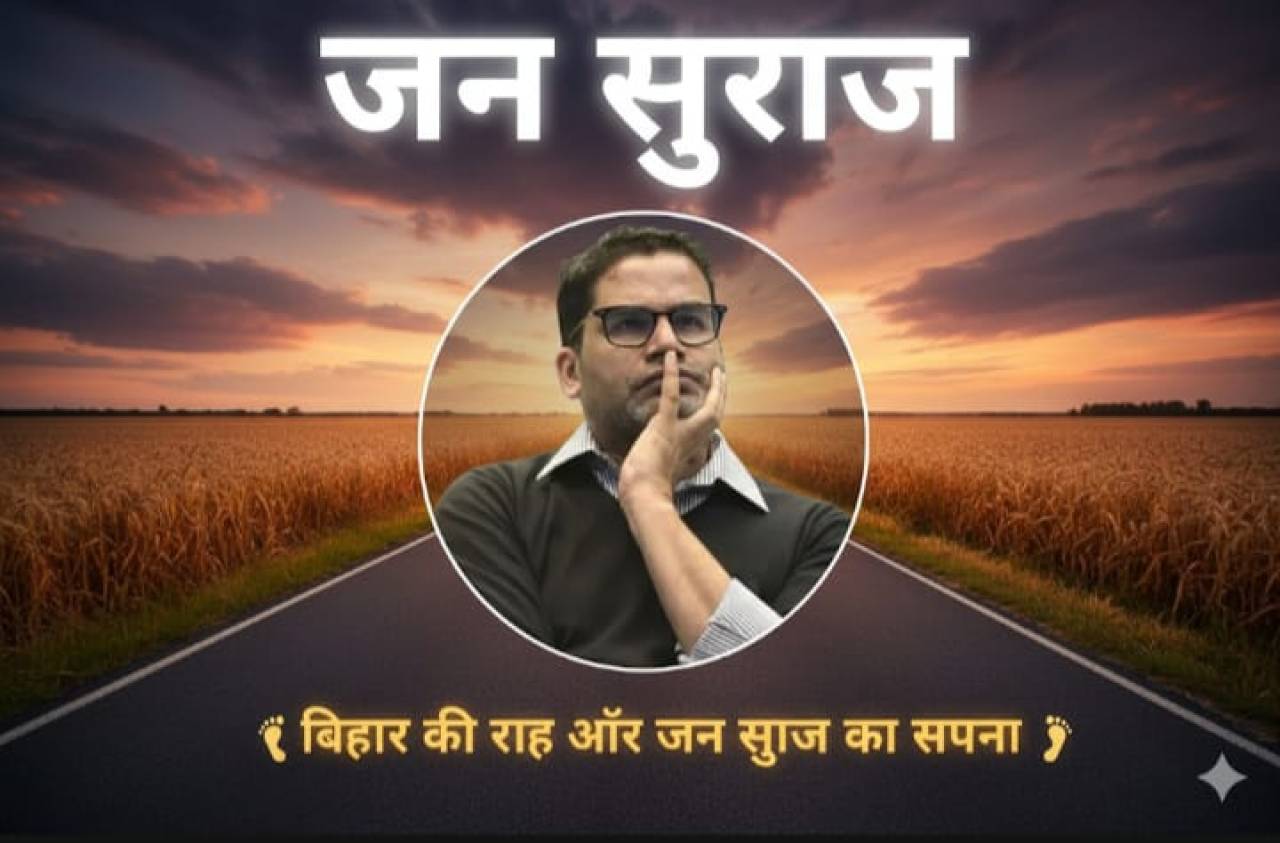
Every year, the coastal town of Puri in Odisha transforms into a sea of spiritual energy. The famous Rath Yatra — a grand chariot festival dedicated to Lord Jagannath, his elder brother Balabhadra, and sister Subhadra — draws millions of devotees from across India and beyond. These deities are taken out of their temple in huge, beautifully decorated wooden chariots and pulled by thousands of hands. The procession celebrates their annual visit to their aunt’s temple, which symbolizes their desire to be among their devotees. The tradition is over a thousand years old and holds great cultural and religious significance.
This year, however, the Rath Yatra became more than just a religious spectacle. According to a report by mass media, it turned into a major health emergency. More than 600 people fell ill due to extreme heat, humidity, and overcrowding. Many were rushed to hospitals with complaints of fainting, dehydration, vomiting, and fatigue. Fire services had to spray water on the crowd to give them some relief from the heat. Dr. Bijay Mohapatra, a senior health officer, said that despite all planning and preparation, the huge crowd overwhelmed the system.
The scale of the festival speaks volumes about the strength of faith in India. Over a million people joined this year's Rath Yatra, making it one of the largest religious gatherings in the country. People came from faraway places, some walking or traveling for days just to be part of the sacred event. The ropes used to pull the chariots are believed to bring blessings, and touching them is seen as a great spiritual reward. This faith unites people across different regions, languages, and social backgrounds. Whether rich or poor, urban or rural, everyone stands together during this divine journey.
The chariots, made entirely of wood and rebuilt every year, are more than just vehicles. They are sacred symbols of tradition and continuity. But even with all the spiritual importance, the management of the event fell short. At least one person managed to cross into a restricted zone, which caused a disruption in the ritual. Several journalists covering the event complained about police misbehavior, and some political parties, including the Biju Janata Dal, blamed the state government for the lack of proper planning and coordination.
These events raise important concerns. How can such huge crowds be managed without risking people’s health and safety? Should the government put in place stricter guidelines or crowd limits? And how can officials balance the right to religious freedom with the duty to protect lives?
Religious festivals like Rath Yatra form the backbone of India’s cultural and spiritual identity. But with a growing population and climate-related challenges like heatwaves, old systems of management need to be updated. Faith cannot become an excuse for disorder. It is the responsibility of both the devotees and the administration to ensure that devotion does not turn into disaster.
Hinduism is a deeply diverse religion with countless deities, temples, and customs. That very diversity makes events like Rath Yatra so powerful and unifying. But as this year’s chaos in Puri shows, devotion needs structure. Only with proper planning, awareness, and care can such festivals remain a true celebration for all who participate.


